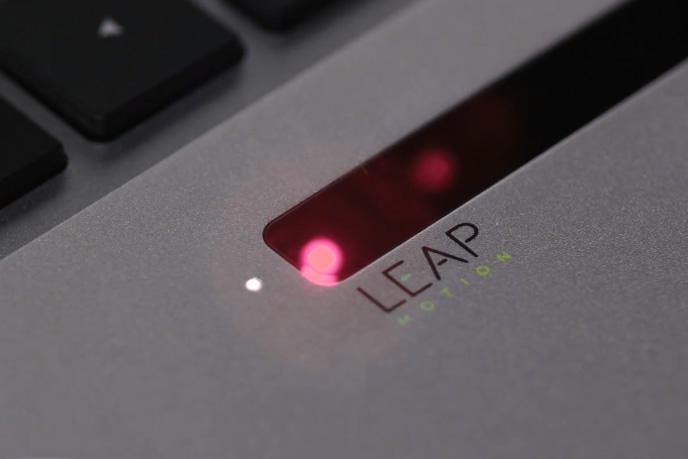
Leap Motion has already come to laptops, and according to the company’s CEO, the first wave of smartphones and tablets to use the 3D gesture control interface will come in late 2014. In an interview with The Next Web, CEO Michael Buckwald said the technical challenges faced with fitting Leap into small devices had been overcome, helping pave the way for new hardware.
The HP Envy 17 laptop provides us with a few clues as to how Leap will function on a handheld device. The computer has a small Leap sensor embedded next to the touchpad, which reads various gestures made a short distance above it. Leap also has its own app store which includes games, tools and productivity programs. Leap’s 3D controls could help developers come up with even more enjoyable games, or improve the safety of in-car use.
Leap is chatting with mobile manufacturers to come up with unique gestures, which will tailor the UI to smartphones, plus find a way to turn your phone into a gesture-based remote control, perhaps for televisions. Leap has also been working on a new version of the software, where two hands will be recognized instead of one, however at the moment, this is specifically for the Leap Motion controller. Additionally, Leap’s Free Form app has been made open source, so developers can start integrating the tech into their own apps.
Free air gesture controls for mobile could be big in 2014, as we’ve already heard rumors of a 3D interface which relies on head and eye movements being fitted to an Amazon smartphone, along with talk of Nokia introducing a system named “3D Touch” on a future Lumia device. Samsung already has something like it with Air Gestures, and Neonode’s Bluetooth-enabled gesture control case for the iPhone was demonstrated at MWC 2013.
Leap Motion’s CEO is quoted as saying, “We expect that there will be tablets and phones in the market with Leap Motion technology embedded next year,” adding that it probably would probably be between July and December.


